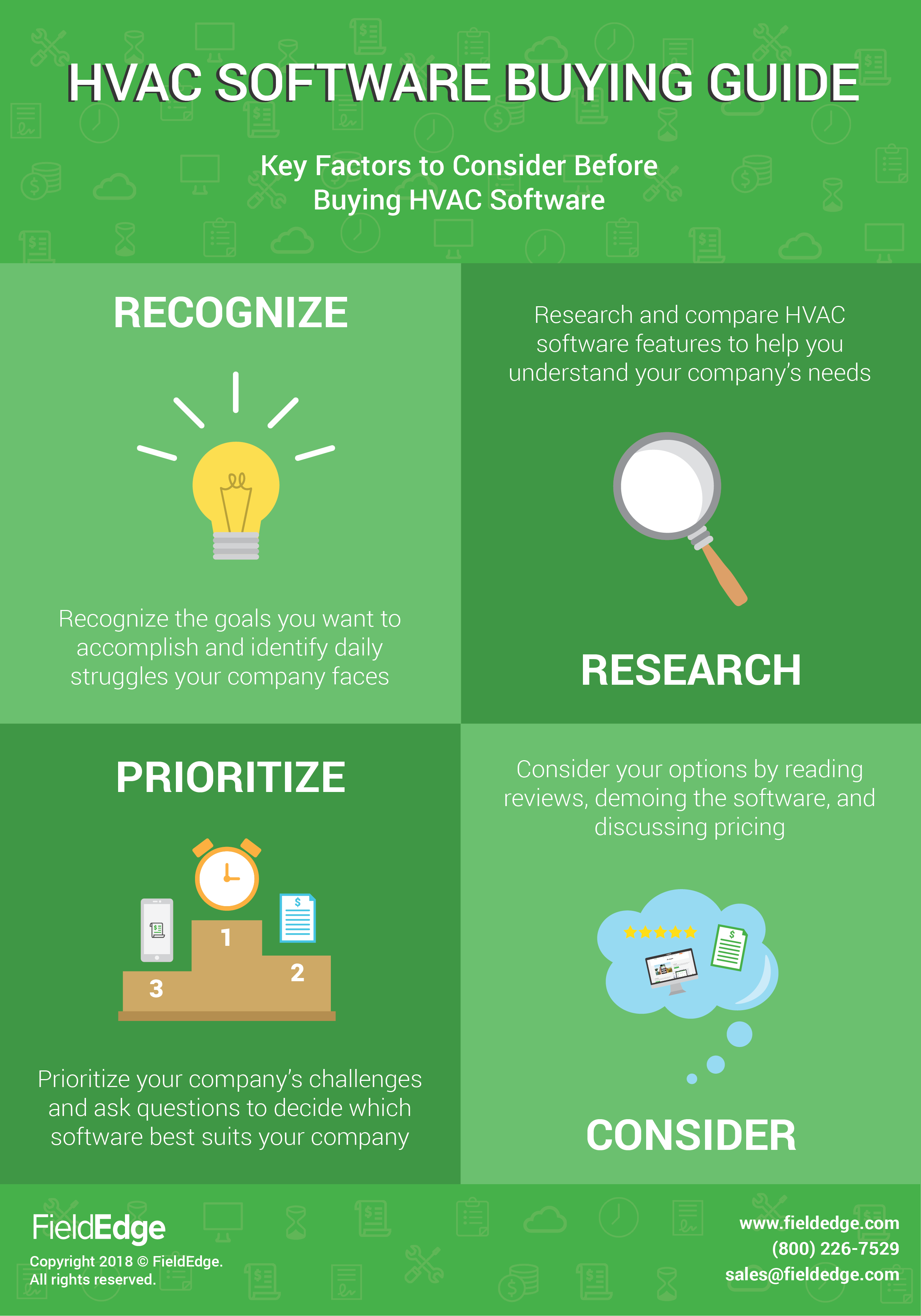The Ultimate Guide To Understanding Warmth Pumps - How Do They Work?
The Ultimate Guide To Understanding Warmth Pumps - How Do They Work?
Blog Article
Uploaded By-Steenberg Best
The very best heatpump can save you considerable amounts of money on energy bills. They can also help in reducing greenhouse gas exhausts, specifically if you use electrical power in place of fossil fuels like propane and heating oil or electric-resistance heating systems.
Heat pumps work significantly the same as a/c do. This makes them a sensible alternative to traditional electrical home furnace.
Exactly how They Work
Heatpump cool down homes in the summertime and, with a little assistance from electricity or natural gas, they provide some of your home's heating in the winter. They're a good choice for individuals who want to minimize their use fossil fuels however aren't prepared to change their existing furnace and cooling system.
They rely on the physical fact that even in air that appears also chilly, there's still energy existing: warm air is constantly relocating, and it intends to relocate right into cooler, lower-pressure environments like your home.
Many ENERGY celebrity licensed heat pumps operate at close to their heating or cooling capability throughout a lot of the year, minimizing on/off cycling and saving energy. For the very best efficiency, focus on systems with a high SEER and HSPF score.
The Compressor
The heart of the heat pump is the compressor, which is additionally referred to as an air compressor. This mechanical streaming tool utilizes prospective power from power development to raise the stress of a gas by minimizing its volume. https://www.king5.com/article/life/style/sundance-energy-services-heating-cooling-savings/281-3e3fe61d-c03c-4fc5-be4f-23bc7ba25733 is various from a pump in that it just services gases and can not work with fluids, as pumps do.
Climatic air enters the compressor through an inlet shutoff. It circumnavigates vane-mounted arms with self-adjusting length that divide the interior of the compressor, producing several tooth cavities of differing size. The blades's spin pressures these cavities to move in and out of phase with each other, pressing the air.
https://costofsmallcentralairunit33333.blog2news.com/29886892/heat-pump-vs-heating-system-which-is-the-better-home-heating-option-for-your-home reels in the low-temperature, high-pressure cooling agent vapor from the evaporator and presses it into the hot, pressurized state of a gas. visit site is repeated as needed to supply heating or air conditioning as called for. The compressor also contains a desuperheater coil that recycles the waste heat and includes superheat to the refrigerant, transforming it from its liquid to vapor state.
The Evaporator
The evaporator in heat pumps does the same thing as it does in refrigerators and a/c, transforming fluid refrigerant into a gaseous vapor that eliminates warmth from the room. Heatpump systems would not work without this vital piece of equipment.
This part of the system lies inside your home or structure in an indoor air handler, which can be either a ducted or ductless system. It contains an evaporator coil and the compressor that presses the low-pressure vapor from the evaporator to high pressure gas.
Heatpump soak up ambient warm from the air, and then use power to transfer that warm to a home or business in heating mode. That makes them a lot more energy reliable than electrical heating units or furnaces, and due to the fact that they're making use of tidy electrical energy from the grid (and not shedding gas), they also create far fewer exhausts. That's why heatpump are such great environmental selections. (Not to mention a substantial reason why they're ending up being so preferred.).
The Thermostat.
Heat pumps are terrific choices for homes in cool climates, and you can use them in mix with conventional duct-based systems or even go ductless. They're a great different to fossil fuel heater or conventional electrical heating systems, and they're a lot more sustainable than oil, gas or nuclear a/c equipment.
Your thermostat is one of the most essential part of your heatpump system, and it functions really in a different way than a standard thermostat. All mechanical thermostats (all non-electronic ones) work by using substances that alter dimension with boosting temperature, like coiled bimetallic strips or the broadening wax in a car radiator shutoff.
These strips include 2 different sorts of metal, and they're bolted with each other to develop a bridge that completes an electrical circuit attached to your a/c system. As the strip gets warmer, one side of the bridge increases faster than the other, which causes it to bend and signify that the heating system is required. When the heatpump is in heating setting, the turning around valve reverses the flow of cooling agent, so that the outdoors coil currently operates as an evaporator and the indoor cyndrical tube ends up being a condenser.